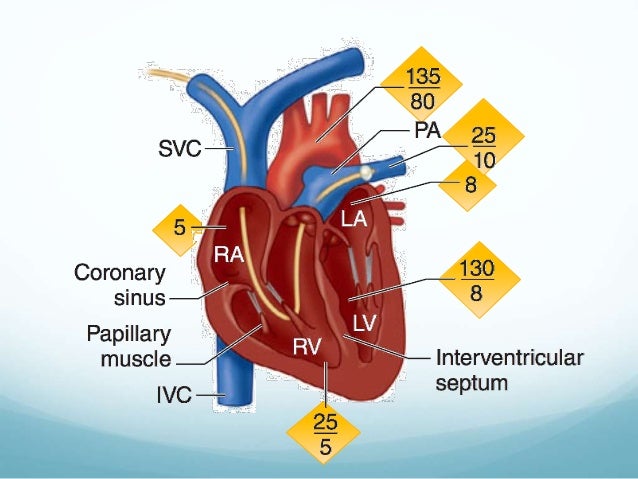

5 To address this point, recently published consensus statements recommend confirming an elevated PAWP and complete occlusion by measuring the oxyhemoglobin saturation (SaO 2) of blood from the distal tip of the PA catheter when in the wedge position. If the occlusion is incomplete, the measured pressure will include contributions from the PA, falsely elevating the recorded PAWP and possibly leading to misdiagnosis. 2 Importantly, PAWP only reflects left atrial pressure if a complete occlusion of the PA occurs. The PAWP is also a key determinant of pulmonary vascular resistance (PVR) that is used to delineate the two PH-LHD subgroups: isolated post-capillary PH (IpcPH) and combined pre- and post-capillary PH (CpcPH). 2– 4 A critical component of the hemodynamic evaluation is measurement of pulmonary artery wedge pressure (PAWP) since this is the sole parameter that delineates pre-capillary PH (PCPH) from PH due to left heart disease (PH-LHD), conditions with disparate therapeutic strategies. 1 Additionally, the definition of PH has expanded recently, putting even more emphasis on accurate hemodynamic assessment during RHC. Even when gold-standard right heart catheterizations (RHC) are performed, PH is often misdiagnosed, resulting in inappropriate and potentially harmful treatment approaches. Diagnosis and proper classification of PH is challenging.


 0 kommentar(er)
0 kommentar(er)
